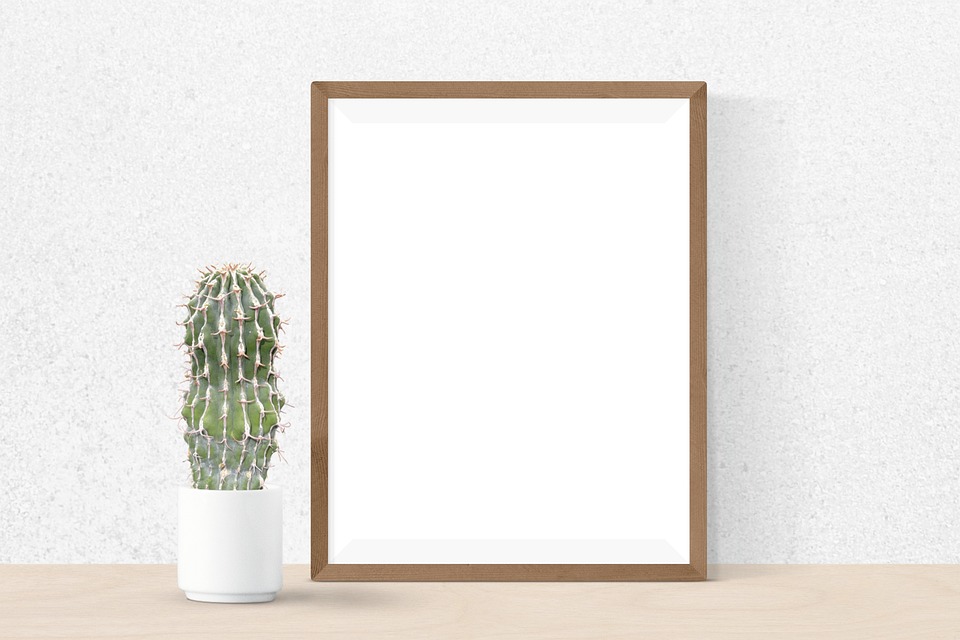
From Concept to Creation: Designing Impactful Web Posters
In today’s digital landscape, where visual content reigns supreme, web posters have emerged as a pivotal tool for communication, promotion, and engagement. Whether it’s for an event, a product launch, or simply to convey a message, web posters are instrumental in capturing attention and informing audiences. But what truly goes into crafting these impactful designs? Let’s take a journey from concept to creation and unpack the art of designing compelling web posters.
The Art of Conceptualization
Before diving into design software, the first and arguably most crucial step is conceptualization. This phase involves idea generation and understanding the core message that needs to be conveyed. Start by defining the purpose of the poster. Is it to inform, persuade, or entertain? Who is your target audience? What emotion or action do you want to evoke?
Create mood boards and gather inspiration. Look at existing posters, art, and design elements that resonate with your vision. During this stage, brainstorming sessions can be fruitful, leading to innovative ideas that can break the conventional norms of digital design.
Structuring the Design
Once the concept is clear, the next step is to structure your design. This involves planning the layout and determining the hierarchy of information. A well-structured poster guides the viewer’s eye from one element to the next in a seamless flow.
Consider the use of grids to maintain alignment and balance. The top of the poster typically contains eye-catching elements like the headline or a striking image. The middle section can provide more detailed information, while the bottom might include call-to-action elements or contact information.
Choosing Colors and Typography
Colors and typography are powerful communicators in the design world. They not only enhance aesthetics but also influence mood and perception. Choose a color scheme that aligns with your brand identity and is suitable for the message you wish to convey. Warm colors, for instance, evoke excitement and energy, while cool colors can denote calmness and professionalism.
When selecting typography, ensure readability and consistency. Limit yourself to two or three fonts to avoid clutter, and use them purposefully to emphasize hierarchy and importance. Pairing a bold, decorative typeface with a simple, clean one can create an appealing contrast.
Integrating Visual Elements
Visual elements such as images, icons, and illustrations play a crucial role in poster design. They should complement the text and work harmoniously within the layout. Opt for high-quality images that resonate with your message and consider illustrative elements for a unique touch.
Remember to maintain a balance between visuals and white space. Overloading a poster with visuals can overwhelm viewers, while adequate white space ensures clarity and focus on essential information.
Leveraging Technology
In the digital era, designers have access to an array of tools and technologies to aid in the creation of web posters. Software such as Adobe Photoshop, Illustrator, and online platforms like Canva enable designers to create visually stunning posters with ease. These tools offer a range of features including templates, drag-and-drop elements, and customizable options that facilitate the design process regardless of skill level.
Testing and Feedback
Before finalizing the poster, testing and feedback are vital. Share your design with a sample audience or peers to gauge their reactions. This step can provide insights into elements that may need adjustment, such as font size, color choices, or positioning of visuals. Be open to constructive criticism, as it ultimately helps refine the design to better resonate with your audience.
Finalization and Deployment
Once adjustments are made based on feedback, it’s time to finalize the design. Ensure all text is proofread, images are clear and optimized for web use, and all elements align perfectly. The final step is deploying the poster on appropriate platforms. Consider where your target audience is most active, whether it’s social media, websites, or digital advertising platforms.
Conclusion
Creating an impactful web poster is a meticulous process that blends creativity, strategy, and technical skills. From concept to creation, every step requires attention to detail and an understanding of how design elements work together to convey a message effectively. As the digital world continues to expand, mastering the art of web poster design becomes increasingly valuable—a powerful tool for communication and engagement in the online realm.


